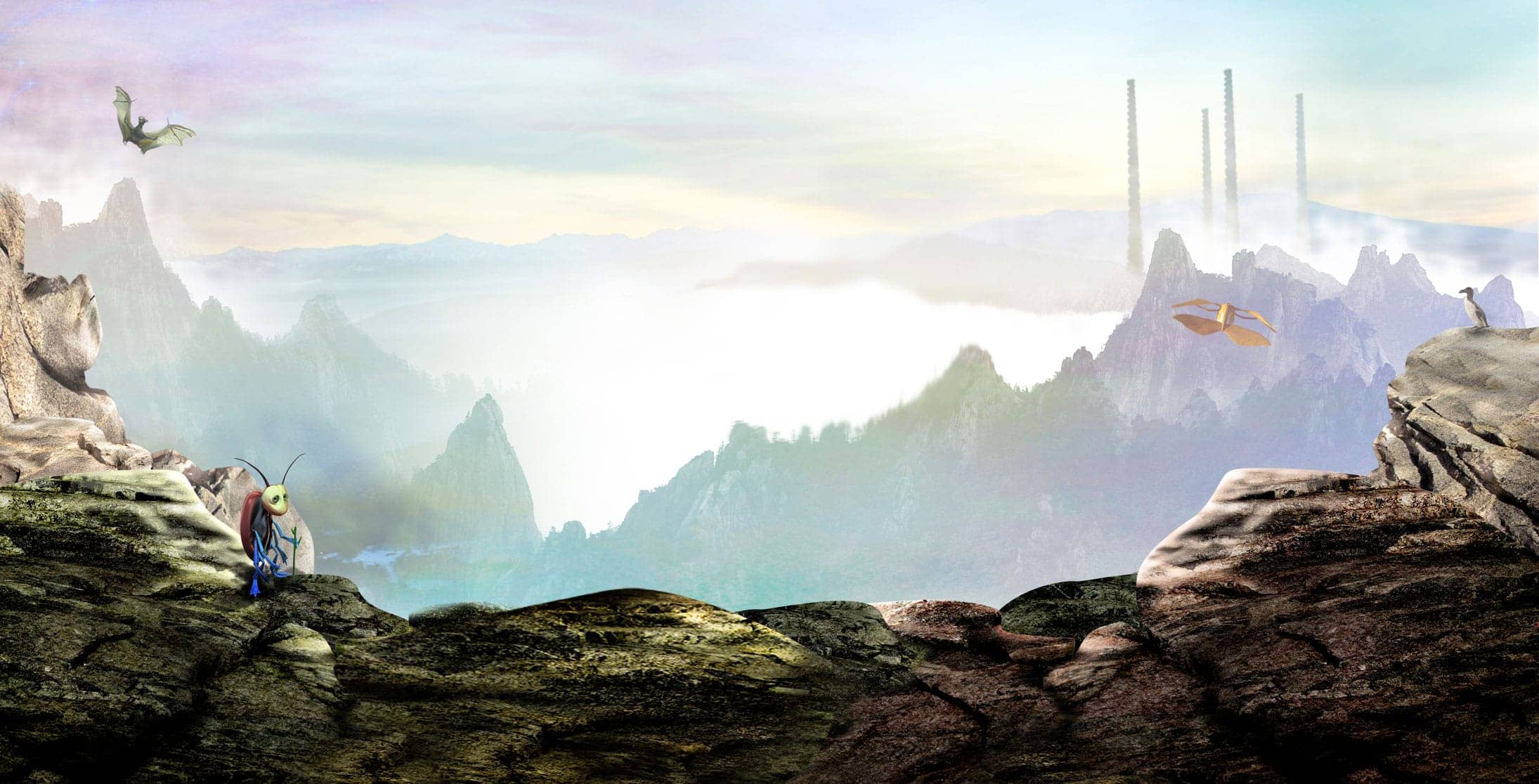If you didn’t catch it on Sunday night on BBC 1 in the UK, please try to watch the new documentary, ‘Extinction: The Facts’ on iPlayer.
In it, Sir. David Attenborough investigates what biodiversity loss really means and how we can help. This crisis of biodiversity has consequences for us all, and, as many of you will know, it’s at the heart of our Lost on Infinity story.
A documentary we all need to watch
Extinction is now happening up to 100 times faster than the natural evolutionary rate, but the issue is about more than the loss of individual species. Everything in the natural world is connected in networks that support the whole of life on earth, including us, and we are losing many of the benefits that nature provides to us. The loss of insects is threatening the pollination of crops, while the loss of biodiversity in the soil also threatens plant growth. Plants underpin many of the things that we need, and yet one in four is now threatened with extinction.
Last year, a UN report identified the key drivers of biodiversity loss, including overfishing, climate change, and pollution. But the single biggest driver of biodiversity loss is the destruction of natural habitats. Seventy-five percent of Earth’s land surface (where not covered by ice) has been changed by humans, much of it for agriculture, and as consumers, we may unwittingly be contributing towards the loss of species through what we buy in the supermarket.
Our destructive relationship with the natural world isn’t just putting the ecosystems that we rely on at risk. Human activities like the trade in animals and the destruction of habitats drive the emergence of diseases. Disease ecologists believe that if we continue on this pathway, this year’s pandemic will not be a one-off event.
Download our FREE lesson plans and slides about Extinction and Biomimicry, themes in our children’s audiobook stories.

